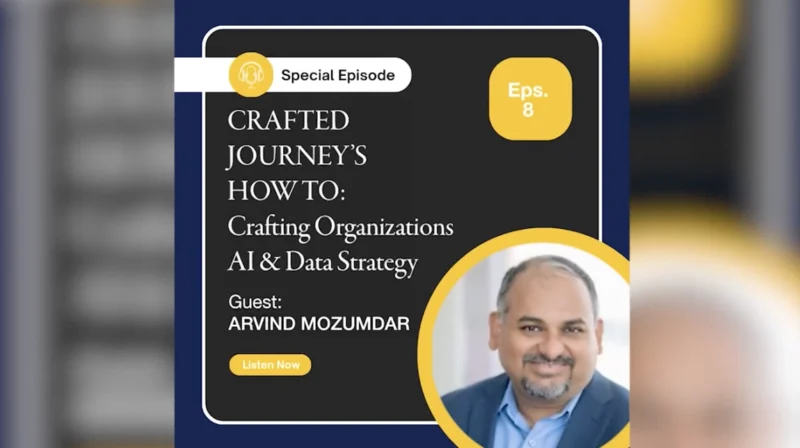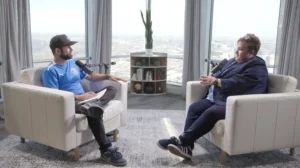With Uncertainty on Inflation and Interest Rates in 2024, Adaptable Investments are the Only Sure Bet
Experts see inflation trending downward, but will that bring lower interest rates in 2024? For the wise investor, the best approach is one that can adapt to the uncertainty, roll with the punches, and make the best out of the situation, no matter what the Federal Reserve (the Fed) does with interest rates.
In the evolving narrative of the Federal Reserve’s approach to interest rates, contrasting views and predictions reflect the complexity of the current economic landscape. Federal Reserve Governor Michelle Bowman stands firm on the need for further interest rate hikes to meet the Fed’s 2% inflation target, highlighting the ongoing economic uncertainty. This stance contrasts with Fed Chair Jerome Powell, who maintains a flexible position, ready to adjust rates if progress on inflation stalls.
However, a potential shift in strategy signaled by a Federal Reserve Board of Governors, Christopher Waller, suggests the possibility of an interest rate cut as early as spring if the trend of declining inflation continues. This approach marks a significant departure from the Fed’s recent pattern of rate hikes. It underscores the differing opinions within the Fed regarding the adequacy of current rates in controlling inflation.
Adding to this complex picture, ING projects a more pronounced change in the Fed’s policy. They forecast six interest rate cuts in 2024, beginning in the second quarter, in response to a cooling economy characterized by moderating inflation and a slowing labor market. These cuts could bring the Federal Funds rate down to about 3.83% by the end of 2024. This forecast aligns with the broader narrative of a dynamic economic environment where the Federal Reserve balances between combating inflation and supporting a slowing economy, reflecting the diverse perspectives and uncertainties within the Fed itself.
As the global economy navigates through these uncertain waters, how can investors and businesses strategically prepare for a potential shift in interest rates and inflation, as recent market trends and Federal Reserve policies suggest?
Phillip Colmar, the Global Macro Strategist at MRB Partners, offers a nuanced perspective on the future of interest rates in 2024, emphasizing the importance of adapting investment strategies and business financing decisions to a changing economic landscape.
“My recommendation for those making financial capital investments is to make sure the net present value of those projects still makes sense at current borrowing rates or somewhat higher if you’re going to need to refinance down the road,” Colmar says. “And likewise, stress test your cash flow assumptions based on more like a three-to-four percent inflation environment rather than a 2 percent inflationary environment.”
Article by James Kent








